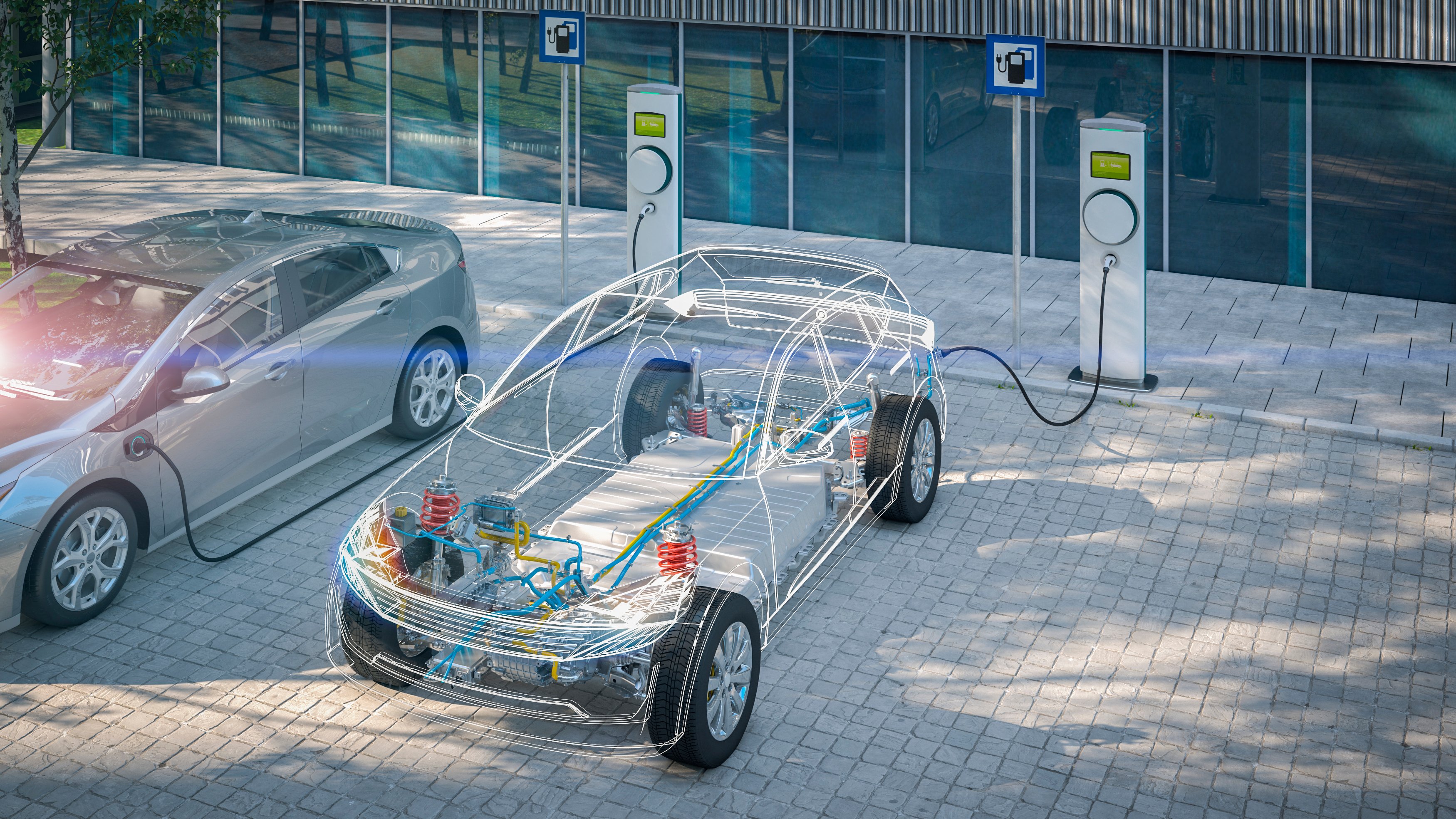What happened
Shares of automotive technology company BorgWarner (BWA 0.18%) slumped 13.7% in August, according to data provided by S&P Global Market Intelligence. The move marked a combination of ongoing negative sentiment regarding the outlook for global light-vehicle production and the knock-on effects from a weak second-quarter earnings report from BorgWarner.
Not only did the report reveal disappointing margin performance -- the company failed to cut costs as much as expected, and the pace of the market decline caught the company short in the quarter -- but management told investors to brace themselves for a difficult third quarter and cut its full-year sales and earnings guidance on the back of a more negative outlook for global light-vehicle production.

Image source: Getty Images.
The third quarter is shaping up to be a particularly tough one, with BorgWarner not expecting to outgrow its end markets due to " lower overall volumes on new programs in China and negative mix in Europe," said CFO Kevin Nowlan on the earnings call.
So what
There's no getting away from the fact that investing in the auto industry means learning to appreciate the cyclicality of the industry. A combination of the interest rate cycle, employment trends, government incentives, and economic growth will always conspire to make light-vehicle production a cyclical endeavor. Throw in the ongoing trade conflict and it's not hard to see why the industry outlook has worsened this year.
That said, BorgWarner is aggressively cutting costs in response and continues to invest in hybrid and electric-vehicle technologies in anticipation of new vehicle launches in 2020. Moreover, the increasingly stringent regulatory environment isn't going away anytime soon, so the company's technological leadership should allow it to benefit in the long term.
The problem is the near-term outlook and the possibility of delays in car launches and more margin pressure from issues like supplier bankruptcies and increased tariffs -- all issues that have impacted the company this year.
Now what
Investors should do two things. The first is brace themselves for a difficult third quarter and the possibility of a downgrade to near-term earnings expectations.
The second is to try to put some perspective on matters. For example, management's current guidance is for full-year adjusted EPS of $3.75-$4 and free cash flow of $525 million-$575 million. The midpoint of these figures put BorgWarner on a 2019 price-to-earnings ratio of 8.3 times earnings and mean its set to generate 8.5% of its market cap in free cash flow in 2019.
Even given the possibility of downward revisions to those targets, the valuations cited look too cheap for a company in a down year of a cyclical industry and with good long-term prospects from the adoption of hybrid and electric-vehicle technology.






